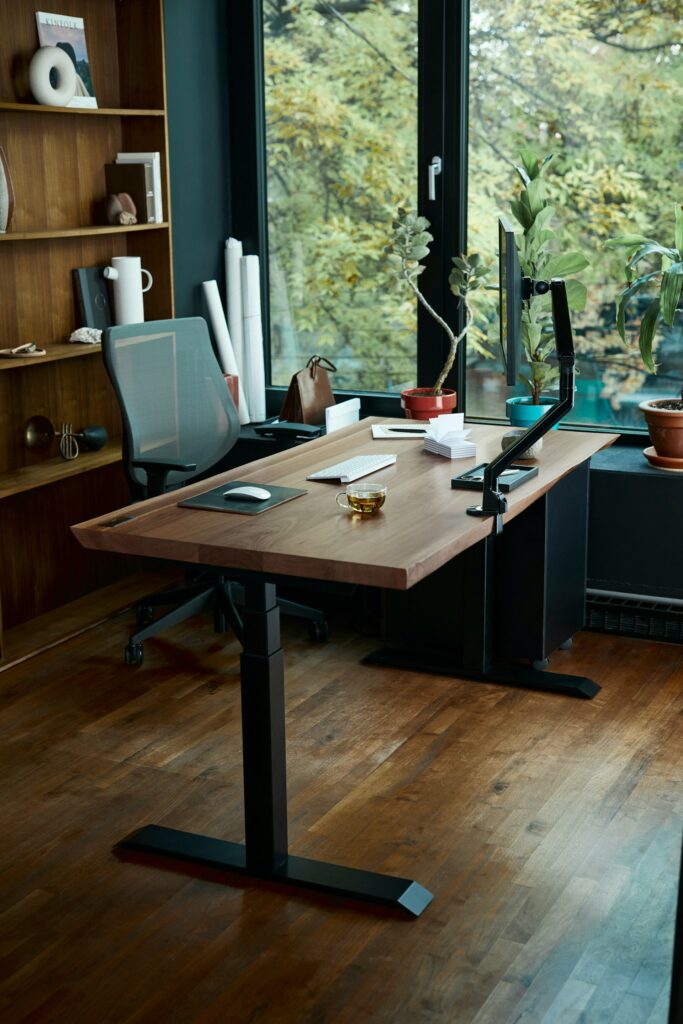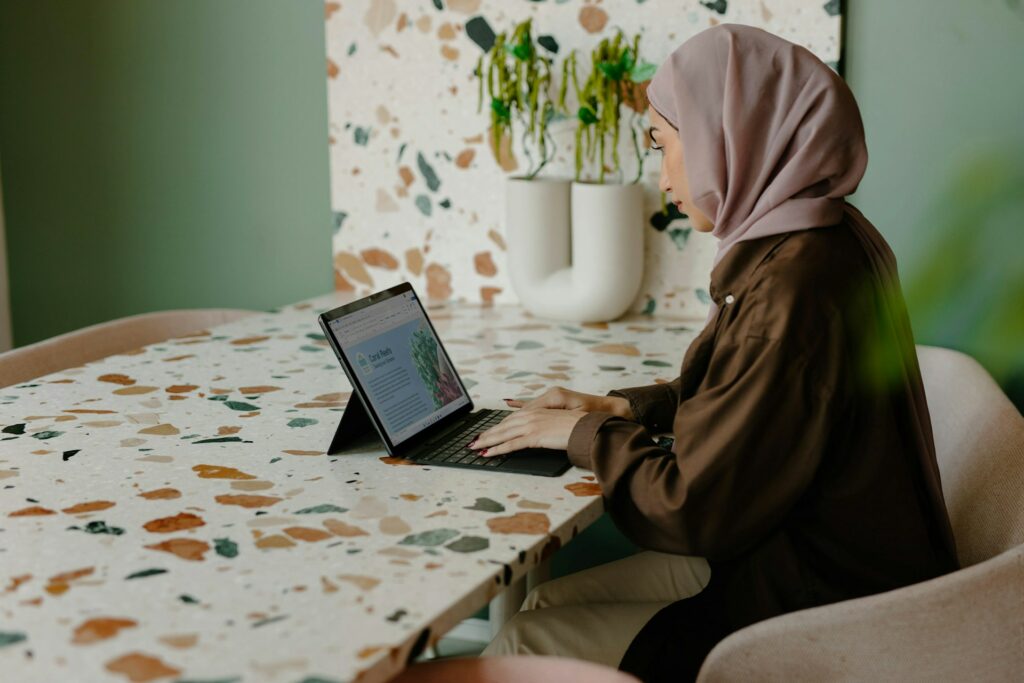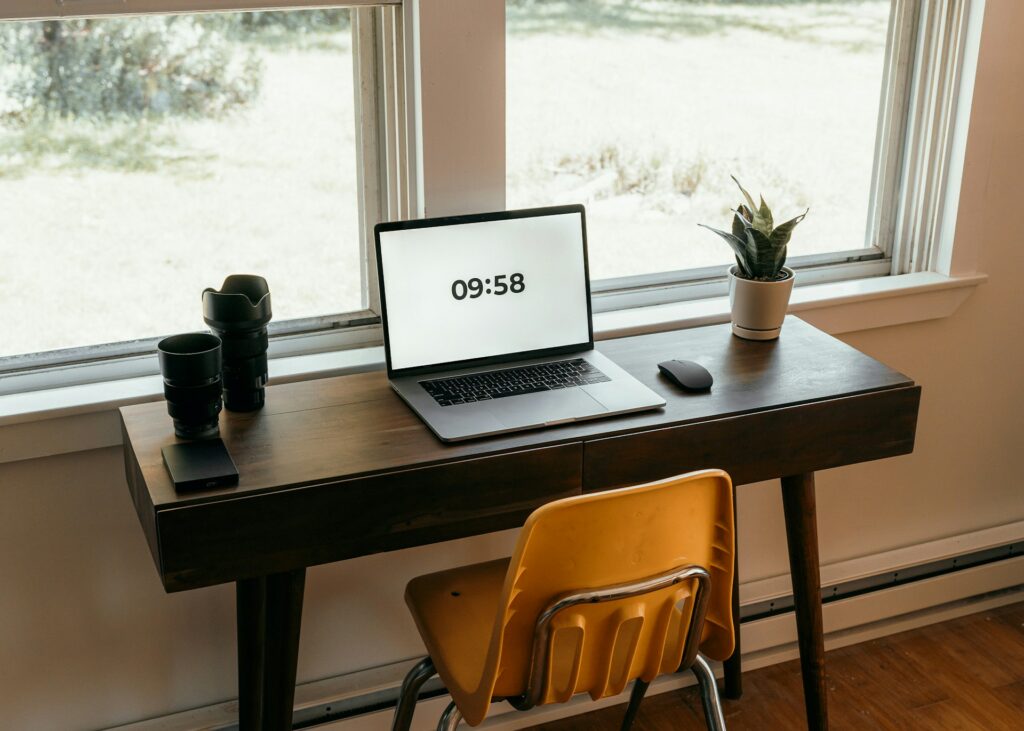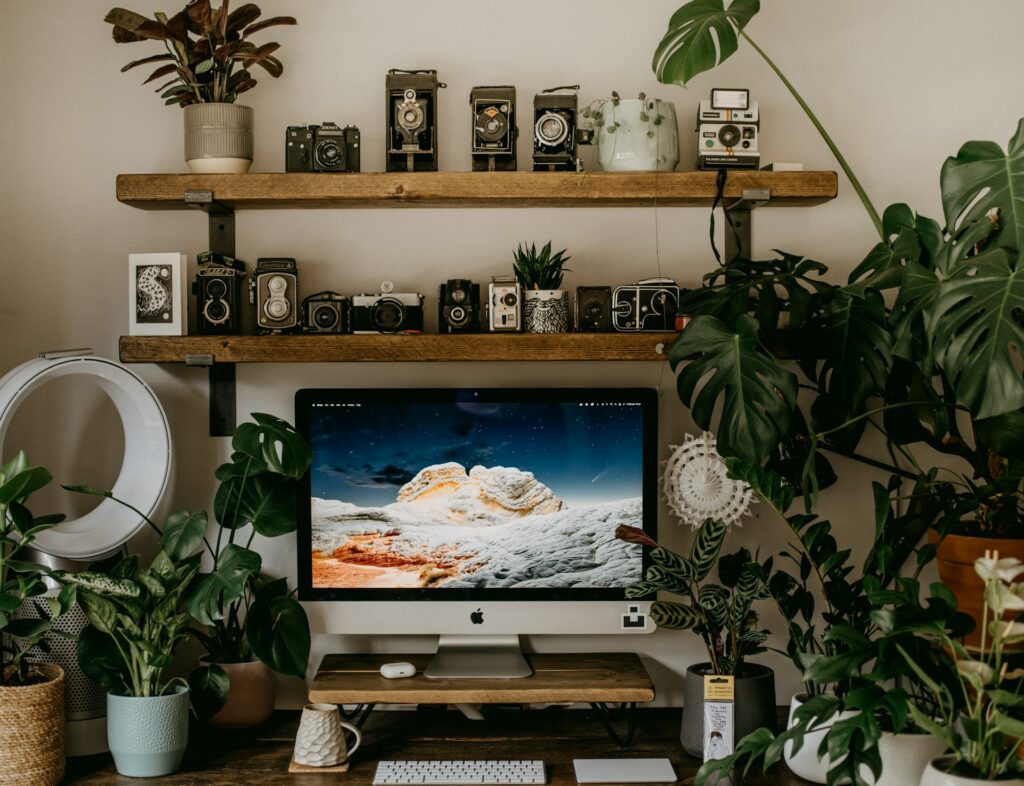The rise of remote work has brought with it an encouraging prospect: the potential for a greener, more sustainable way of living and working. The logic seems sound at first glance – fewer commutes, less energy spent on powering large office spaces, and a smaller corporate carbon footprint overall.
However, a study by the BBC in collaboration with WSP UK, a London-based engineering consultancy, suggests that the reality is a little more nuanced. Their research indicates that working from home in the UK may actually only be more environmentally friendly than the home office during the summer months. In winter, our home offices might actually be leaving more of a heavily tread carbon footprint. The reason? Individual heating in homes is less energy-efficient than the sophisticated systems used in office buildings.
This revelation doesn’t mean we should abandon our home offices in favour of a return to the central office space, regardless of how many times Alan Sugar, Andrew Neil and that Dyson fella chastise us.
But it does mean we should perhaps approach our remote work setups more mindfully. Here are 8 steps to ensure your home office is as sustainable as possible, no matter the season.
Assess Your Energy Usage
Start by understanding your current energy consumption. Use a smart meter or an energy monitor to track how much power you’re using. Once you have a baseline, you can identify areas for improvement. For instance, you might find that your computer or lighting is using more energy than necessary.
Harnessing Renewable Energy
While using solar panels might be a more commonplace suggestion, consider personal energy generators such as compact, kinetic energy devices that power your gadgets as you exercise or move around.
Incorporating a small exercise setup with a pedal-powered desk or a kinetic energy harvesting mat under your office chair can generate power for smaller office devices, reducing reliance on external power sources and promoting physical activity.


Opt For Energy-Efficient Equipment
When it’s time to upgrade or replace your office equipment, choose energy-efficient models. Look for the UK’s energy label rating (ranging from A to G) or other similar certifications that indicate lower energy consumption. This applies to everything from your computer and printer to the light bulbs you use.
As technology advances, the emergence of biodegradable electronics offers an exciting avenue for sustainable office equipment, too. Seek out manufacturers specialising in electronics that use organic materials or that promise responsible recycling programs. This ensures that when devices reach the end of their life, they can be composted or safely returned to the earth without contributing to e-waste.
Go further, and invest in computers and servers that are designed with state-of-the-art AI that optimise their own energy use. These AI systems can scale down the power consumption when high performance is not needed and can suggest usage patterns that optimise for sustainability while ensuring your productivity is not compromised.

Use Sustainable Materials
When setting up or updating your home office, choose sustainable materials like mycelium, the root structure of mushrooms. This living material can be grown into various shapes, is strong and lightweight, and can replace plastics and woods. Once no longer needed, mycelium furniture can be broken down and composted, leaving no waste.
Similarly, cork is the great eco-friendly material to use in the home office due to its renewable and biodegradable qualities. It can be used for flooring, providing a durable and comfortable surface underfoot, or as stylish cork pin boards for organising your tasks and ideas. Its natural thermal insulation properties also contribute to maintaining a more consistent room temperature, enhancing the energy efficiency of your space.
Buying furniture made from recycled or responsibly sourced wood, using non-toxic paints, or opting for second-hand items is a sustainable move, too. Not only do these choices reduce your environmental impact, but they also contribute to a healthier home office environment.
Embrace Natural Light
Take advantage of natural light in your home office as much as possible. Position your desk near a window to reduce the need for artificial lighting. When you do need to use lights, opt for LED bulbs, which use at least 75% less energy than incandescent lighting.
Go further, and consider implementing AI-integrated smart windows that adjust tinting throughout the day to maximise natural light and minimise heat loss or gain. This technology can work in tandem with LED lighting systems that adjust colour temperature to your circadian rhythm, promoting better sleep-wake cycles.

Insulate & Regulate
A well-insulated home retains heat in the winter and stays cool in the summer, reducing the need for heating and air conditioning. Invest in good insulation, draught-proofing, and consider smart thermostats that allow you to control the temperature more efficiently.
Consider, too, the prospect of introducing a living wall to your office space. Not only do these walls (potentially, though the science here is contentious) purify the air naturally, but they also enhance cognitive function, mood, and air quality. Smart living walls integrated with AI can regulate their own watering and nutrient systems to reduce maintenance and preserve resources efficiently.
Power Down & Unplug
Develop the habit of turning off equipment when it’s not in use. Even in standby mode, devices can consume “phantom” energy. Use power strips to make it easier to switch off multiple devices at once, and unplug chargers when they’re not in use.

Thoughtful Waste Management
Integrate a small-scale composting unit into your office space, where you can deposit organic waste like paper and food scraps. Innovations in compost technology can allow a desktop unit to efficiently break down waste without odour, with the resulting compost being used to support your living wall or any houseplants, creating a full-circle sustainability system within your office.
Finally, reduce your reliance on paper. Digital tools and cloud storage make it easier than ever to keep documents electronically. When you do need to print, use recycled paper and print on both sides to cut down on waste.
The Bottom Line
Creating a sustainable home office is a continuous process of learning and adapting. By taking these steps, you can reduce your environmental impact and contribute to a more sustainable future of work. Remember, every small change can make a significant difference when multiplied by the number o





